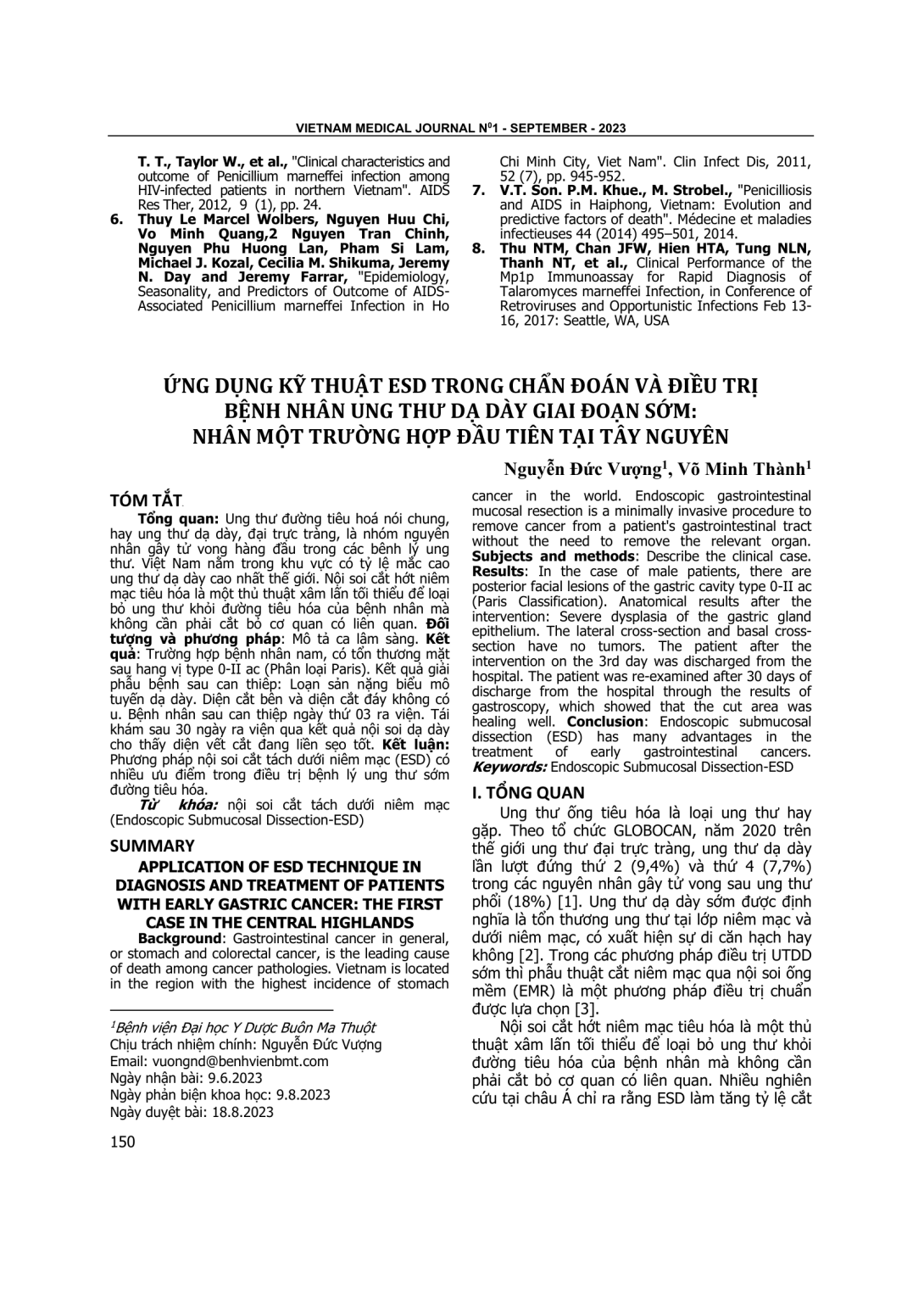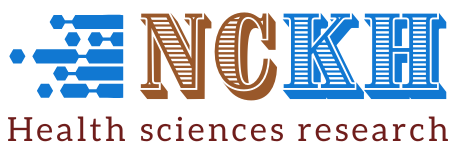
Ung thư đường tiêu hoá nói chung, hay ung thư dạ dày, đại trực tràng, là nhóm nguyên nhân gây tử vong hàng đầu trong các bênh lý ung thư. Việt Nam nằm trong khu vực có tỷ lệ mắc cao ung thư dạ dày cao nhất thế giới. Nội soi cắt hớt niêm mạc tiêu hóa là một thủ thuật xâm lấn tối thiểu để loại bỏ ung thư khỏi đường tiêu hóa của bệnh nhân mà không cần phải cắt bỏ cơ quan có liên quan. Đối tượng và phương pháp: Mô tả ca lâm sàng. Kết quả: Trường hợp bệnh nhân nam, có tổn thương mặt sau hang vị type 0-II ac (Phân loại Paris). Kết quả giải phẫu bệnh sau can thiêp: Loạn sản nặng biểu mô tuyến dạ dày. Diện cắt bên và diện cắt đáy không có u. Bệnh nhân sau can thiệp ngày thứ 03 ra viện. Tái khám sau 30 ngày ra viện qua kết quả nội soi dạ dày cho thấy diện vết cắt đang liền sẹo tốt. Kết luận: Phương pháp nội soi cắt tách dưới niêm mạc (ESD) có nhiều ưu điểm trong điều trị bệnh lý ung thư sớm đường tiêu hóa.
Gastrointestinal cancer in general, or stomach and colorectal cancer, is the leading cause of death among cancer pathologies. Vietnam is located in the region with the highest incidence of stomach cancer in the world. Endoscopic gastrointestinal mucosal resection is a minimally invasive procedure to remove cancer from a patient's gastrointestinal tract without the need to remove the relevant organ. Subjects and methods: Describe the clinical case. Results: In the case of male patients, there are posterior facial lesions of the gastric cavity type 0-II ac (Paris Classification). Anatomical results after the intervention: Severe dysplasia of the gastric gland epithelium. The lateral cross-section and basal cross-section have no tumors. The patient after the intervention on the 3rd day was discharged from the hospital. The patient was re-examined after 30 days of discharge from the hospital through the results of gastroscopy, which showed that the cut area was healing well. Conclusion: Endoscopic submucosal dissection (ESD) has many advantages in the treatment of early gastrointestinal cancers.
- Đăng nhập để gửi ý kiến
